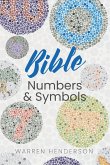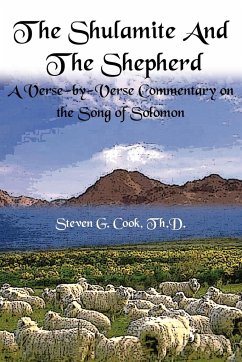The shepherd metaphor is one of the most important theological images in the Hebrew Bible. The contemporary image of shepherd inclines toward a therapist, counselor, and caregiver. However, careful study of this metaphor in the Hebrew Bible proves otherwise. The book is designed to reveal all possible original meanings of the shepherd image, expressed not only in Yahweh, but also in various biblical characters such as Abraham, Moses, David, and so forth. However, the focus is not on the person designated as shepherd, but rather the roles and characteristics of a shepherd that would manifest through these people. To achieve this, the Hebrew text has been studied by applying historical-literacy exegesis to determine the textual meaning. Comparison of the ancient Near Eastern literature help to enlighten the usage of the metaphor in the ancient world related to the Old Testament. This work shows how the definitions given in the current literature of pastoral theology fail to satisfy the meaning of shepherd, and how the Old Testament is an essential resource for the study of the shepherd metaphor. The result is to have the metaphor used in its proper understanding. The book also aims to consolidate the meanings of the metaphor in the various biblical passages for future development.








